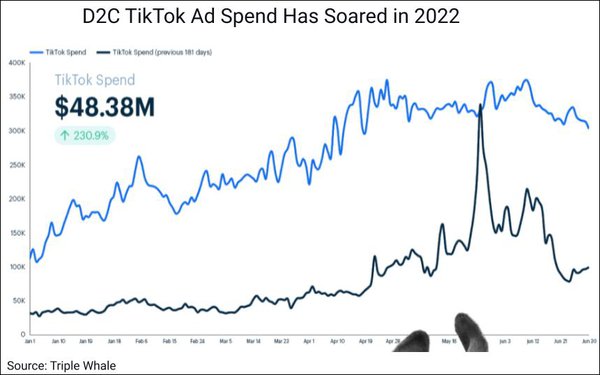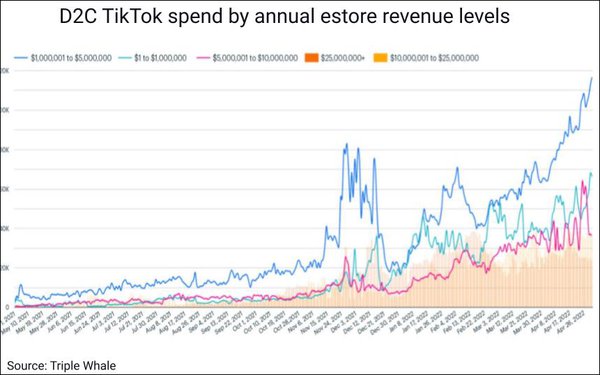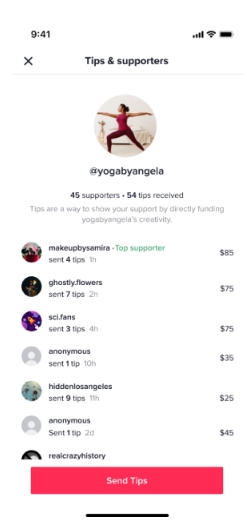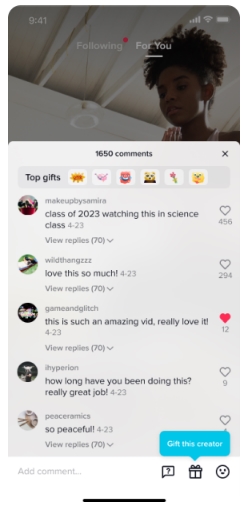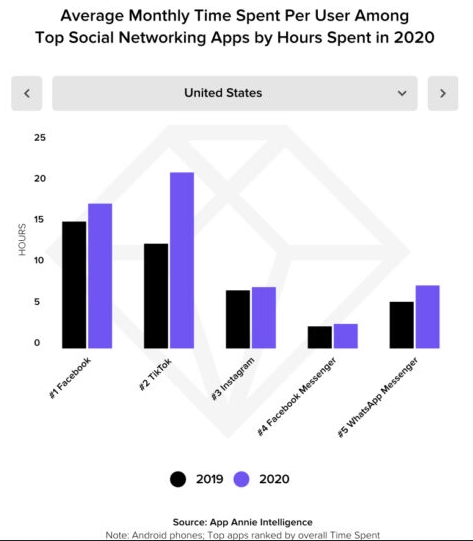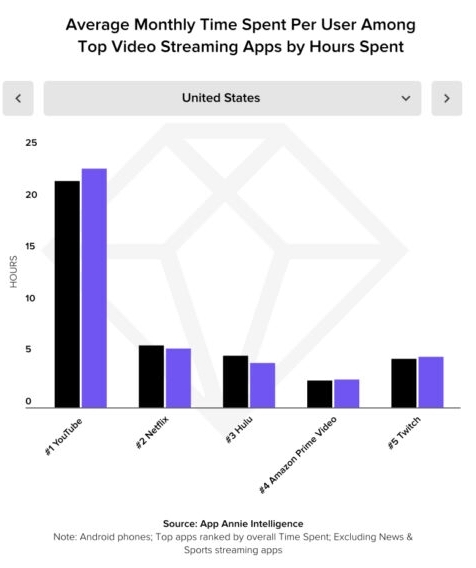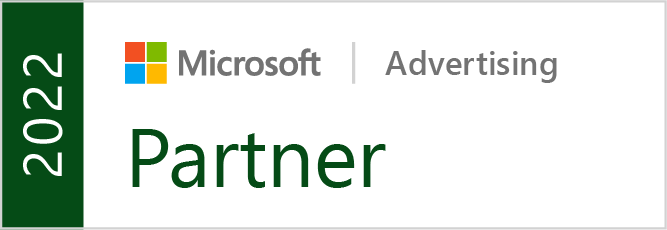Though TikTok is mostly known for its video content, the platform’s latest feature is a throwback. Along with new editing abilities and longer captions for content, TikTok has revealed it is introducing a Photo Mode within its app.
What Is Photo Mode?
As announced in a recent blog post, TikTok’s Photo Mode is a new post format that creates a carousel or slideshow of still images for users to share.
Along with their original images, users can add music, filters, stickers, and more to the carousel.
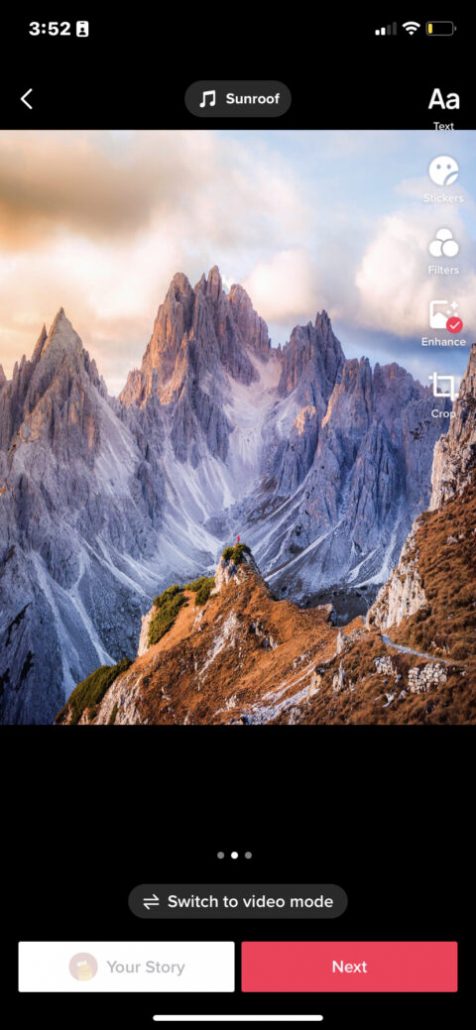
Ironically, the new post format is very similar to the type of content found on Instagram – which has been repeatedly accused of copying TikTok’s features.
Though nearly every popular social network has incorporated aspects of TikTok’s layout and features in the past year or two, Instagram has received the most criticism for the ways it has borrowed from the newer platform. This may be partially because many view the two platforms as rivals.
Enhanced Editing Features
Along with the reveal of Photo Mode, TikTok introduced new editing tools for videos, photos, and more.
As the blog post says:
“TikTok’s enhanced editing tools allow you to easily adjust clips, sounds, images, and text in a new editing environment, all within TikTok’s creation flow.”

With the new tools you can:
- Edit clips: Stack, trim, and split video clips.
- Edit sounds: Cut, trim, and set the duration for sounds.
- Edit and position text: More easily edit, position, and set the duration for text.
- Add overlays: Add photo and video overlays for picture-in-picture (or video-in-video) stacking.
- Adjust video speed: Speed or slow the pace of video clips.
- Frame content: Rotate or zoom in and out of frame of individual clips.
- Add sound effects.
The new features, including Photo Mode, have been rolled out to all users in the U.S. and most other countries.

